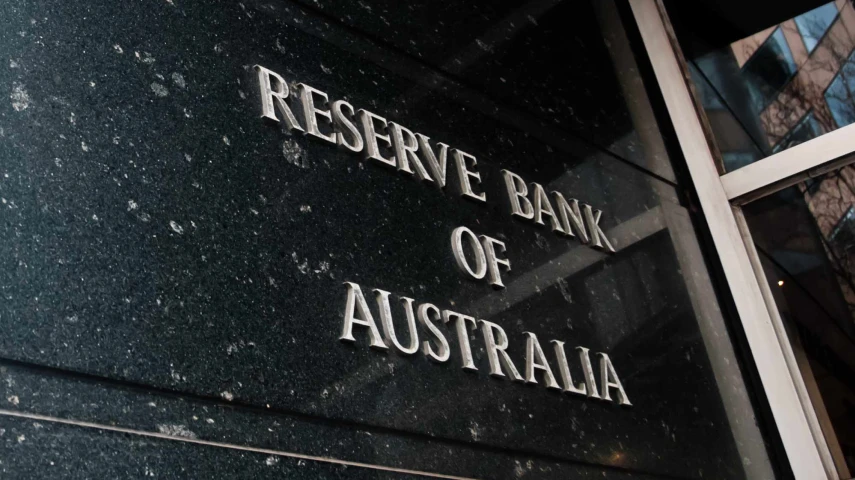Analysts push back rate cut expectations to 2025



Given inflation’s significant surpassing of the Reserve Bank’s (RBA) target range of 2–3 per cent and positive job market indicators, notably the unemployment rate dropping to 4 per cent in May, analysts are certain that there will be no adjustments to the interest rate during the RBA’s upcoming meeting this week.
For many analysts, rate cuts are now off the table for the entire year, with a majority expecting the bank to adopt a rather hawkish tone at its June meeting.
Commenting on the issue, Scott Solomon, co-portfolio manager of the T. Rowe Price Dynamic Global Bond Strategy, said the RBA won’t have the opportunity to cut rates later this year.
“On one hand, there are elements of the economy that remain hot and could use a hike. On the other hand, many Australians hope to see a rate cut as wealth inequality continues to grow,” said Solomon.
“Therefore, the RBA faces the challenging task of managing inflation impacts on different groups of people.”
In fact, Solomon doesn’t believe the RBA can tackle this issue alone. While T. Rowe Price respects the autonomy of the central bank, Solomon pointed out the substantial flow of capital into Australia.
“The RBA does not have the tools to curtail this. Legislative and regulatory action is required to give the RBA a chance to succeed.
“Until that happens, it is difficult to see the RBA in a position where they feel comfortable cutting the cash rate to provide the support many Australians require”.
Carl Ang, fixed income research analyst, MFS Investment Management, said the RBA will “comfortably” maintain its somewhat hawkish hold stance given some domestic developments have recently deviated in a “mildly hawkish direction”.
“On the hard data side, consumption was stronger than RBA expectations and soft data like select business and consumer indicators in the surveys have proven to be resilient. Moreover, the RBA will be considering the upside potential to the underlying inflation profile from various government stimulus announced after the May forecast meeting,” said Ang.
“Looking ahead, we think RBA rate cuts from early 2025 onwards strikes the balance between supporting growth and controlling inflation, thus helping mitigate the risk of recession in the Australian economy.”
HSBC’s Paul Bloxham sees the RBA on hold and still hawkish at its June meeting.
The chief economist, who had not anticipated rate reductions from the RBA in 2024 since the beginning of the year, said: “Our central case has the RBA on hold through 2024, with cuts beginning from Q2 2025”.
“Upside surprises to inflation could see the central bank hike in the coming months – we see a 30 per cent chance of a 25 bp hike in H2 2024,” he warned.
Similarly, Cameron McCormack, portfolio manager, VanEck, expects Australia to be the last one standing in global rate cut race.
“The RBA appears poised to be the last developed market central bank to cut rates,” McCormack said following the jobs data print last week.
He noted, however, that historically, moderate rate cuts have tended to bolster equity market performance.
Major banks divided
ANZ confirmed last week, it has pushed back the likely timing of the RBA’s first interest rate cut to February 2025. The bank had earlier said it expects a cut as soon as November this year.
“We expect a follow-up easing shortly thereafter (most likely in April, although May is possible) and are retaining three cuts in our forecasts but see the final cut being delayed until the final quarter of 2025,” said Adam Boyton, head of Australian economics at ANZ.
CBA adopts a slightly more dovish stance. Gareth Aird, the head of Australian economics at CBA, anticipates the RBA board to maintain the cash rate during the upcoming week as a “straightforward decision”. However, CBA’s base case still leans towards the RBA initiating an easing cycle in late 2024.
But Aird noted that given the challenging underlying inflation backdrop and a shortening runway between now and November, “the risk to our call is increasingly moving towards a later start date for an easing cycle”.
Bond traders in Australia have notably heightened their expectations for rate cuts, spurred by developments in the US where inflation slowed, and the Fed hinted at rate adjustments this year. Consequently, Australian traders now suggest a fifty-fifty chance of a move by December and have already factored in a reduction by May 2025.
Recommended for you
Advice licensee Centrepoint Alliance has entered an agreement to acquire the comprehensive financial advice book of the super fund’s subsidiary firm.
A coalition of industry groups including the SMSF Association is demanding the government and the opposition “immediately and unequivocally rule out any move to tax unrealised investment gains in any part of the tax system”.
AMP’s new chair has used his inaugural AGM address to call for policy reform on the “decumulation” phase of superannuation and position AMP as a key player in addressing the challenge.
Reserve Bank governor Michele Bullock has quashed hopes of an out-of-schedule rate cut, telling an event in Sydney that it remains too early to determine the trajectory of interest rates as the RBA grapples with growing global economic volatility.












